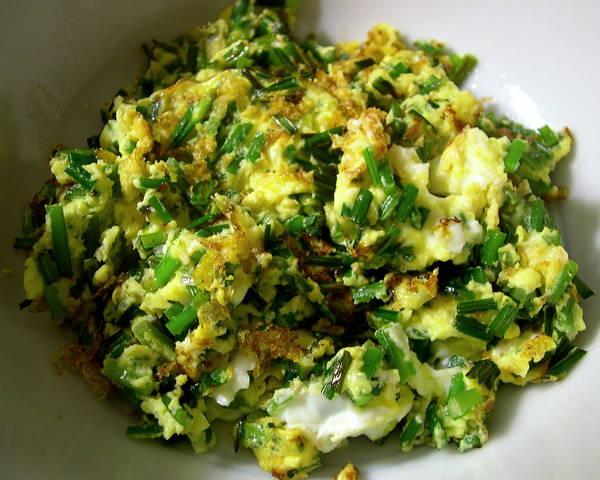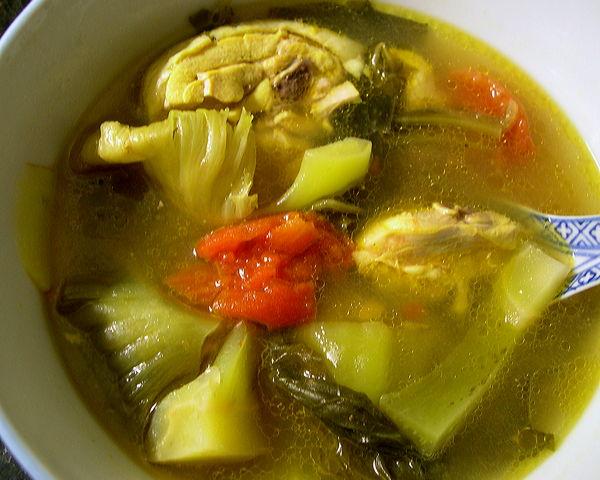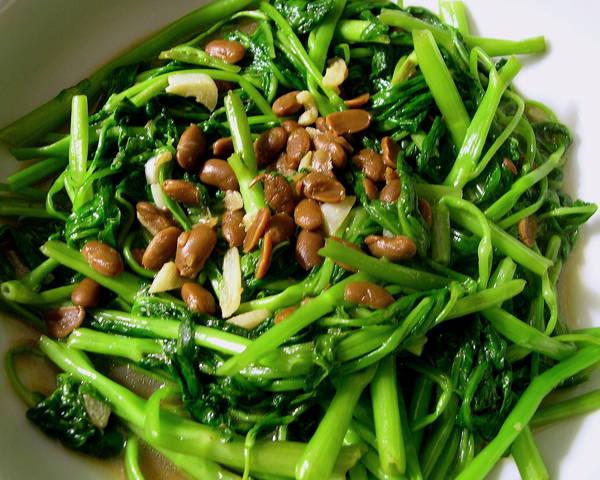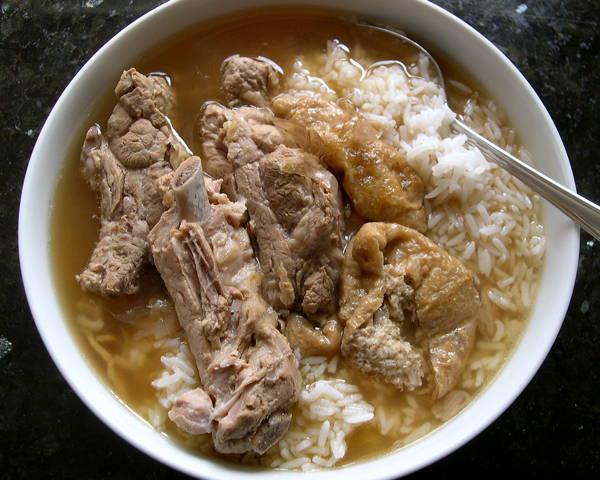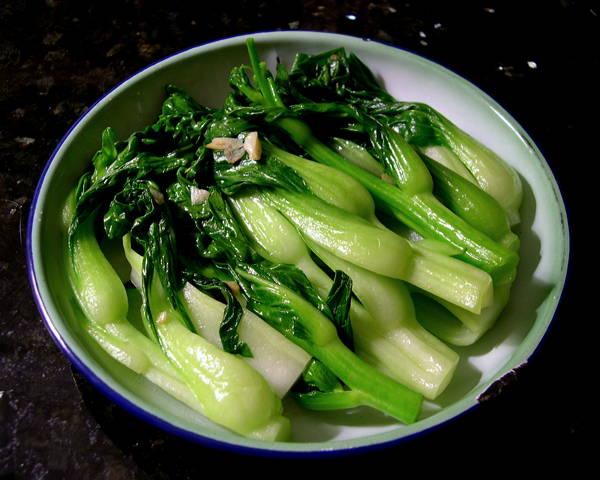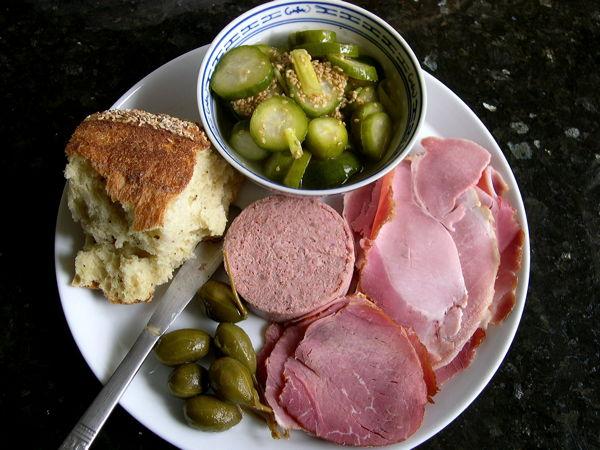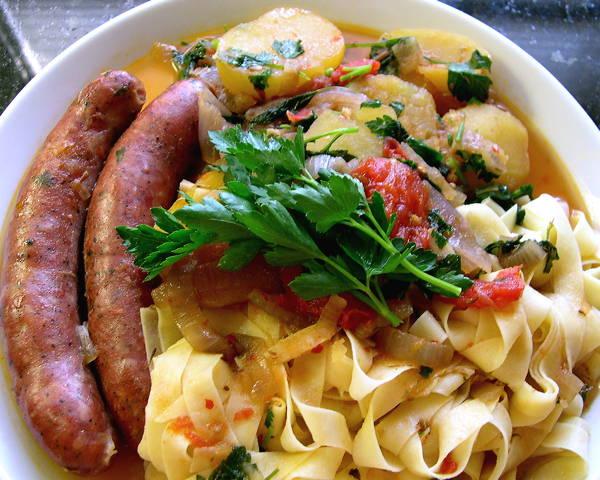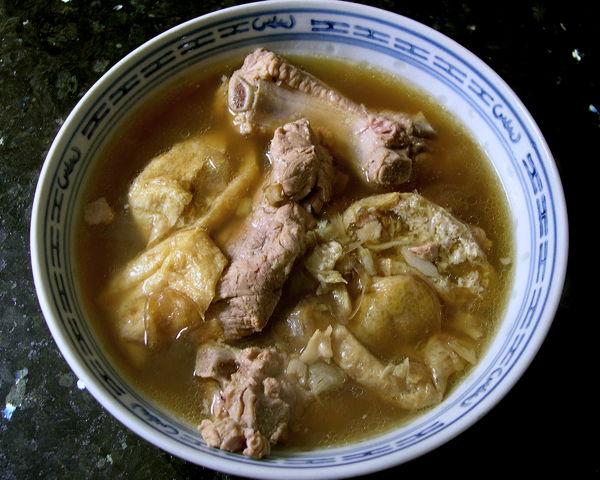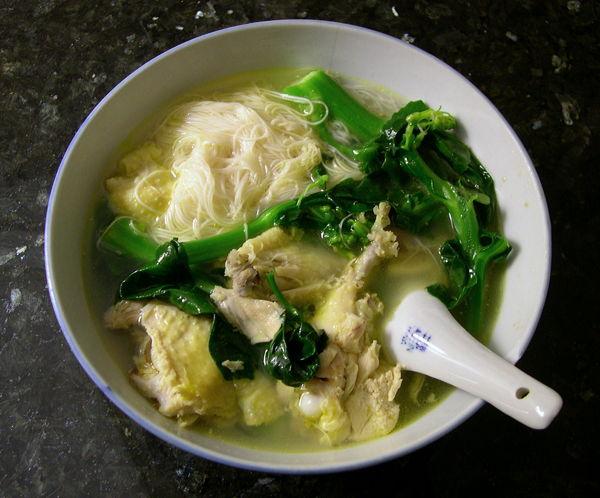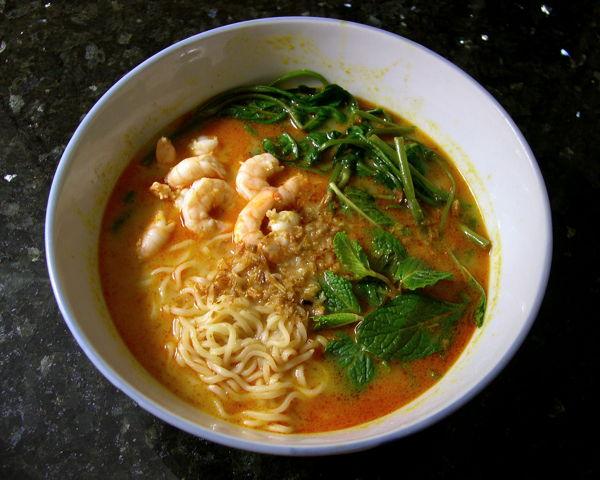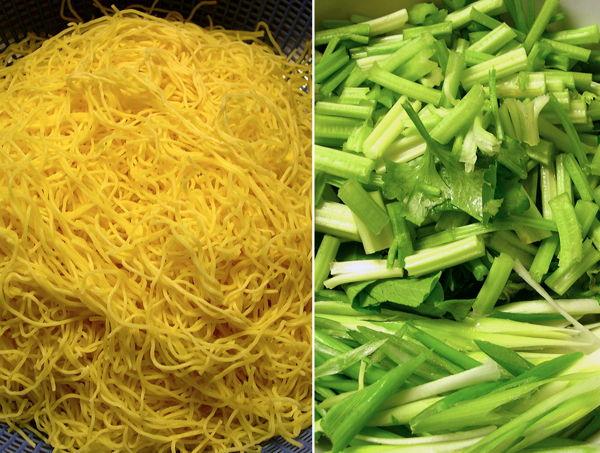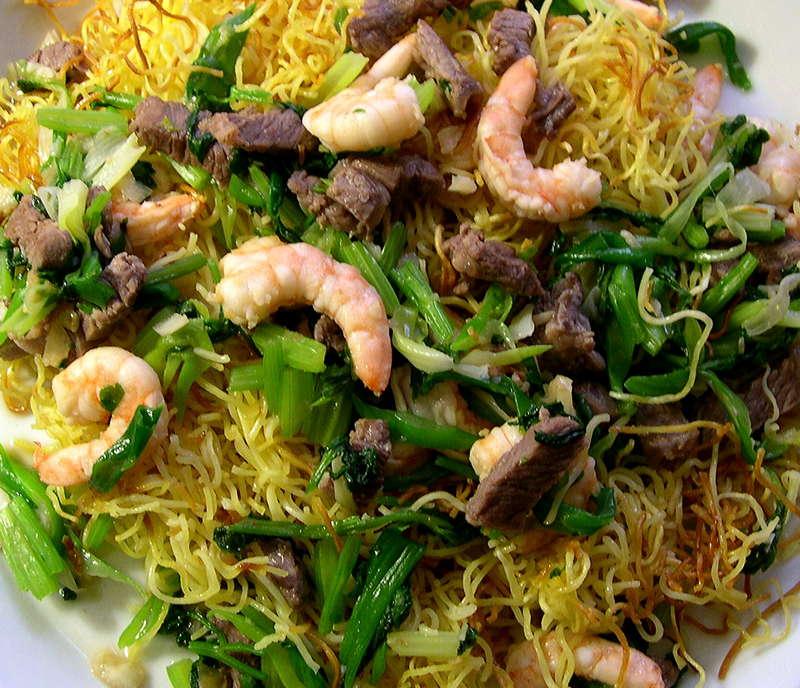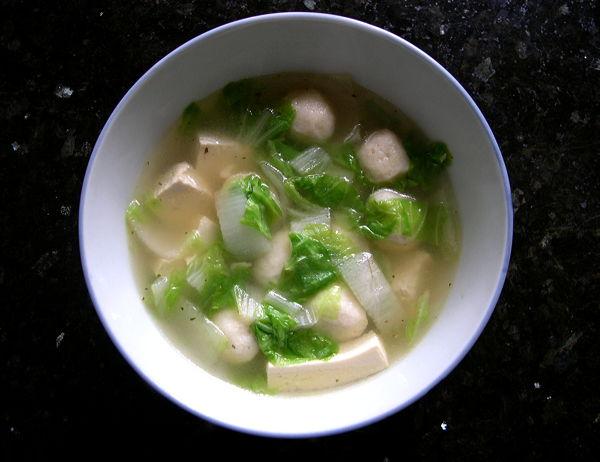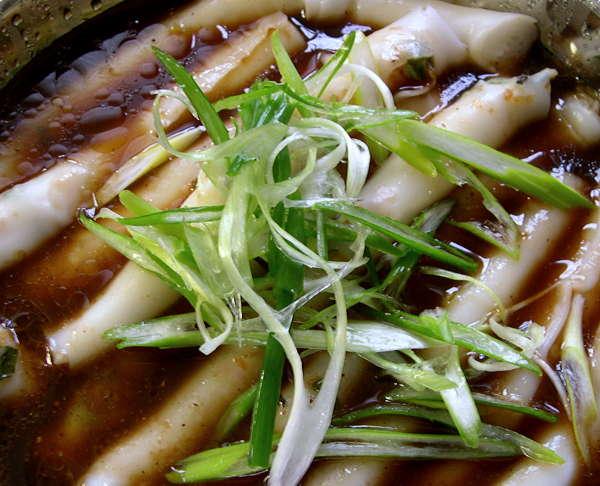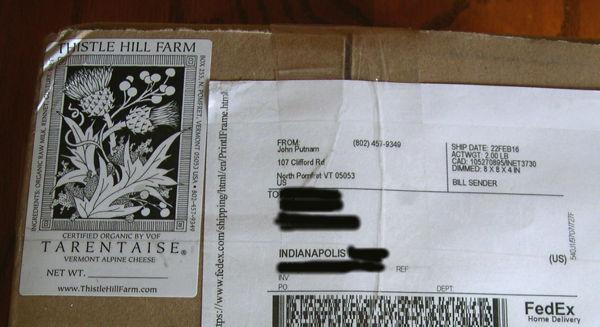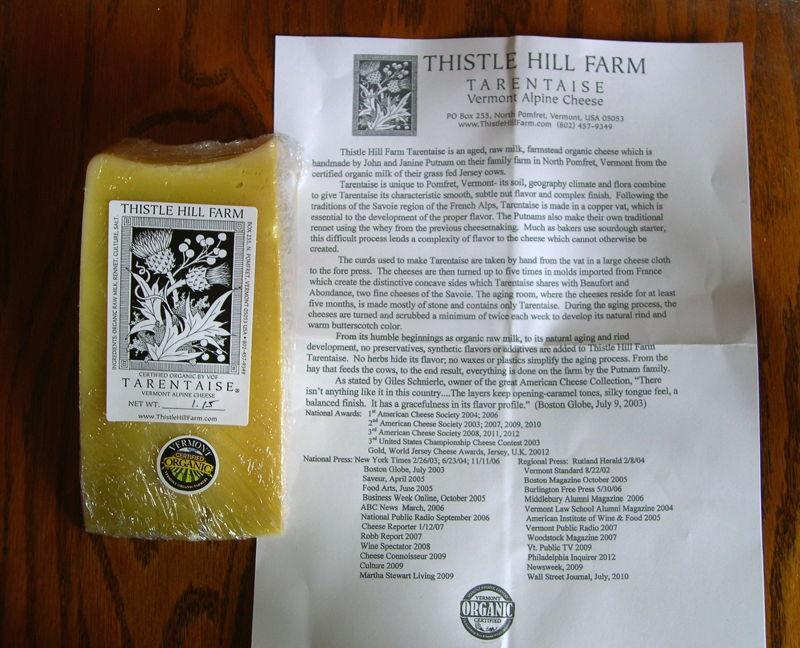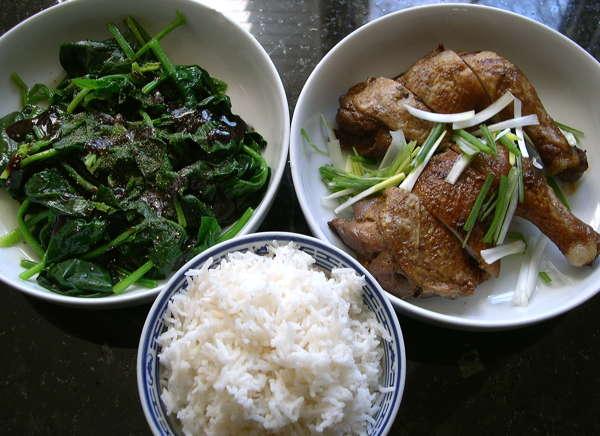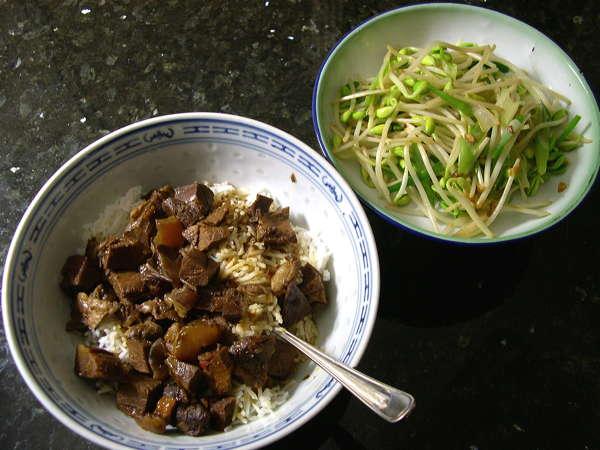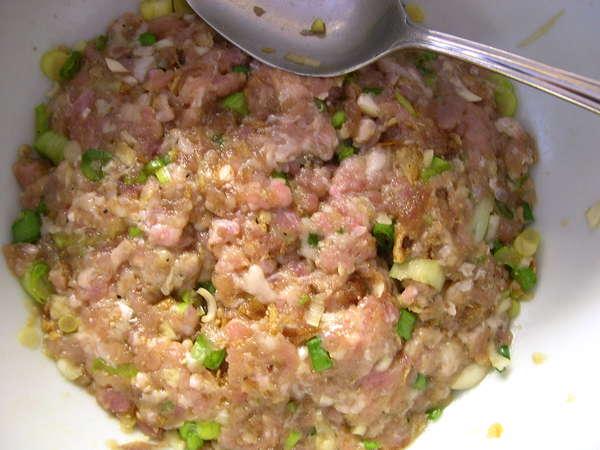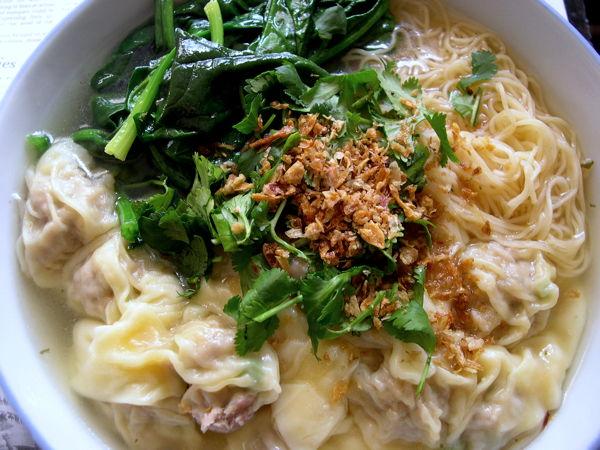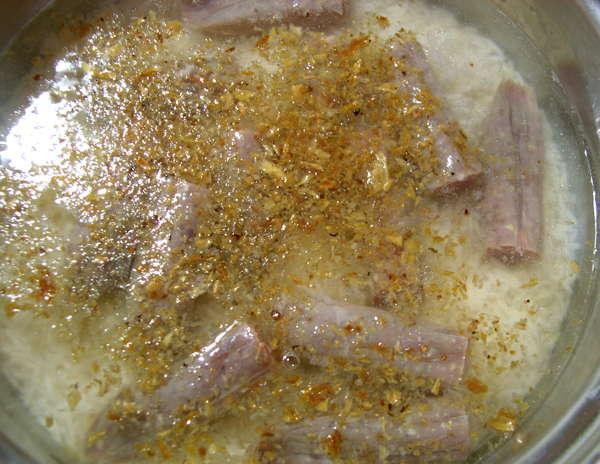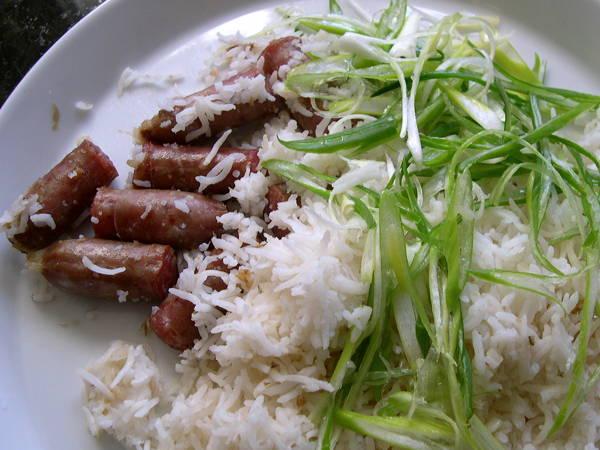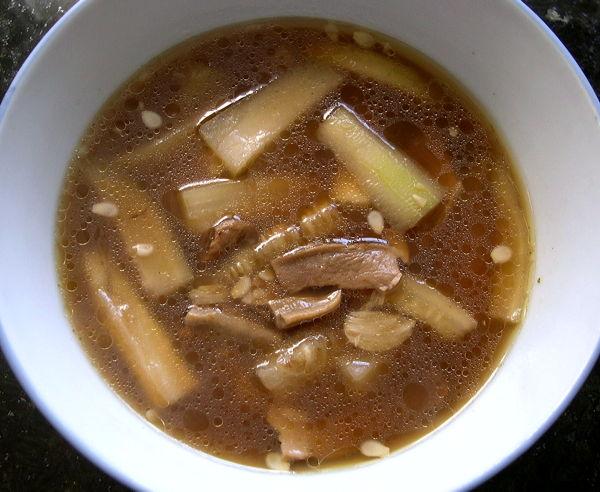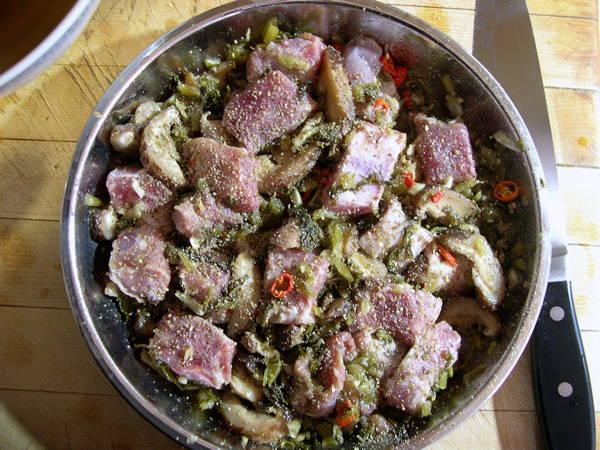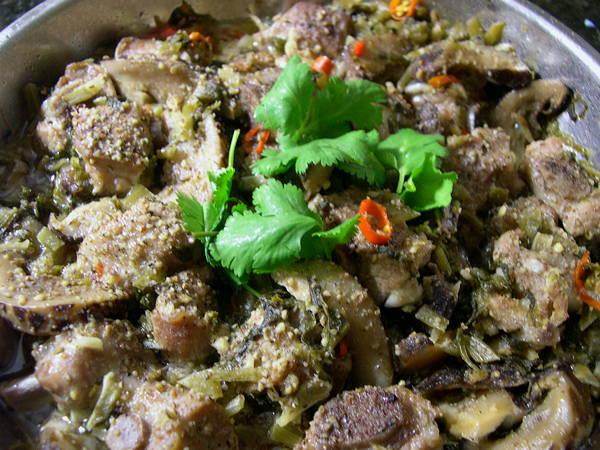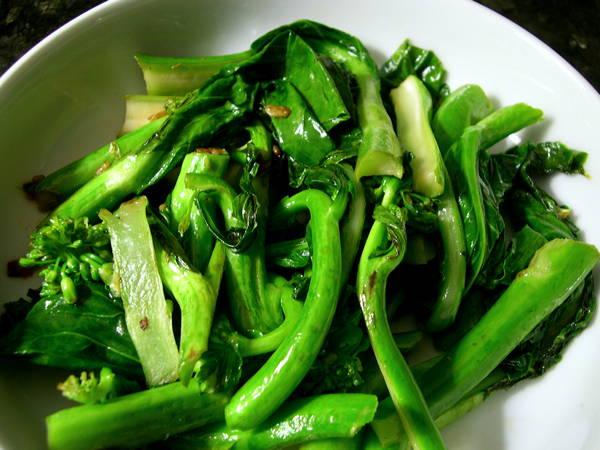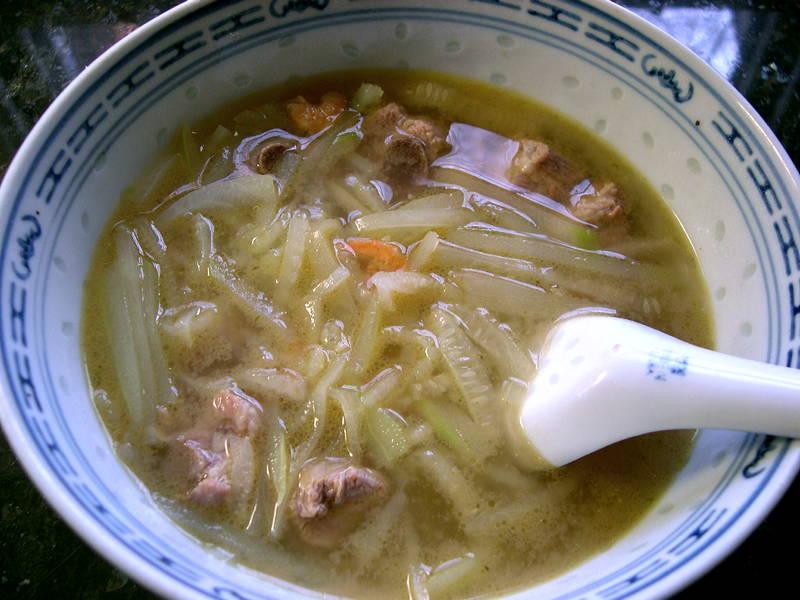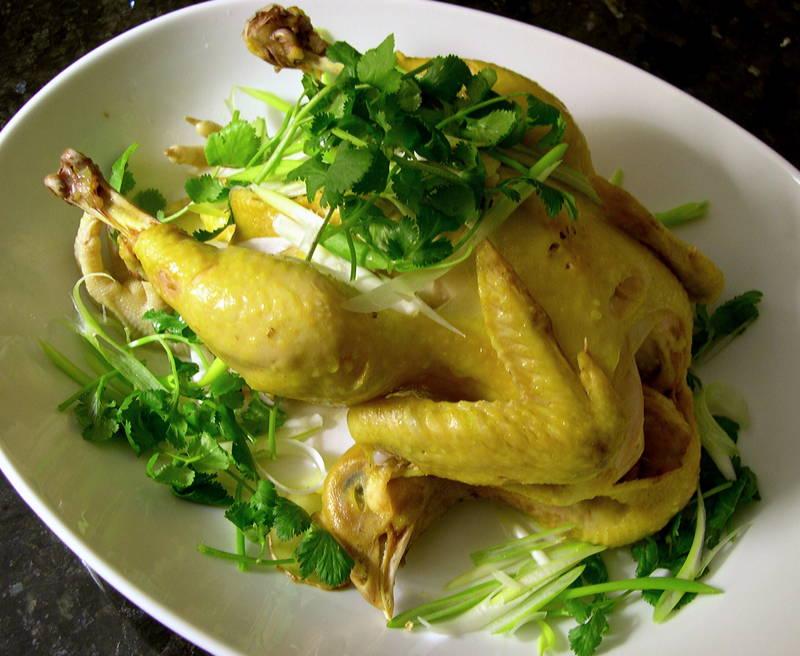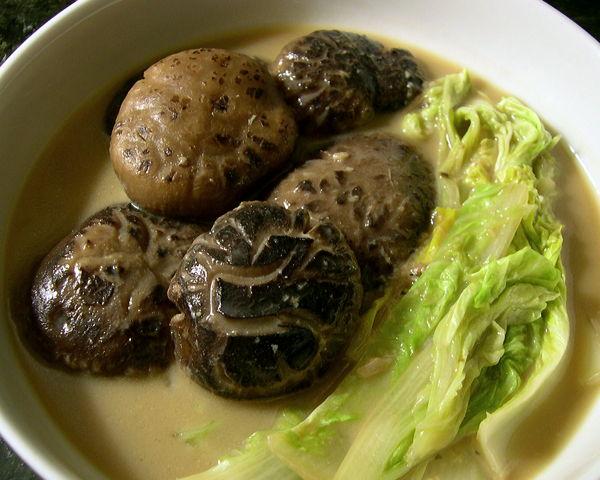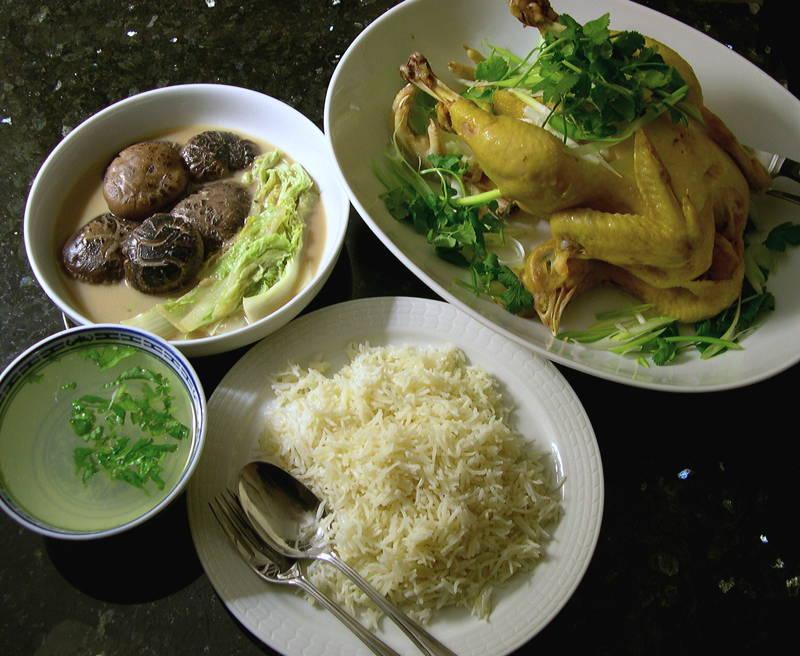-
Posts
3,810 -
Joined
-
Last visited
Content Type
Profiles
Forums
Store
Help Articles
Everything posted by huiray
-
Some examples of Korean-brand Instant Ramen stuff - Nong Shim & Paldo - gussied up and augmented. There are more. L: Example 1. R: Example 2. L: Example 3 (scroll down). R: Example 4. L: Example 5. R: Example 6.
-
Dragonfly (Taiwanese brand) Instant Noodles (Ramen-type) also gets used by me with some regularity. I prefer the "Hot & Sour Shrimp Flavor" one. Some examples. There are others. L: Example 1. R: Example 2. L: Example 3. R: Example 4.
-
I use a fair amount of Sapporo Ichiban Chicken Flavor Instant Ramen packs. These are inexpensive but fairly decent. I then dress them up with stuff. Some examples from past posts here on eG. There are others. L: Example 1. R: Example 2. L: Example 3. R: Example 4. L: Example 5. R: Example 6.
-
A couple of examples of augmented commercial Japanese ramen packs from some time ago. (L) With Sun noodles tonkotsu ramen (link); (R) with a pack of Myojo Chukazanmai stuff (link).
-
Largely flavor. Think of radishes in a stew. http://justhungry.com/handbook/just-hungry-handbooks/basics-japanese-soy-sauce-all-you-need-know
-
Um, if it is a tasting menu, as almost all places that use this system would have (like the aforementioned Next Restaurant and Alinea, in Chicago; as well as gfron1's intended place) --- then there is no choice of entrees, or maybe a very limited selection from two (or three, in very rare cases). There is a single menu of what you will be served, (with limited choices, as mentioned, if any; and the price will be the same for the overall meal; and places that even offer these choices would be few, if they use this system) and everyone gets the same series of dishes. There may be a selection on your part when you first book of which tasting menu you wish to have (or you might contact them to see if you can have an alternative menu - say, a vegetarian one) but you will not have the ability to sit down once there and peruse a menu of all sorts of choices and make your selection from dishes from different categories with different individual prices. If that is not how you ever will eat out, then this model is not for you. Ever. On a different food board I used to post on, one particular poster said that he would never eat in some restaurants where you had to eat what the chef placed on the "menu" for the day and where you did not have the ability to choose from a wide array of all sorts of dishes - as it turned out from subsequent discussion, because that poster felt strongly about "giving up control" in any way whatsoever.
-
Yes, they are 100% up-front. I was referring more broadly to the prepaid-ticket system. Their rationale is that it is equivalent of buying a ticket to a concert, a sports event, or similar. No refunds. Their system has undergone refinements/changes over the years. BTW, they also do dynamic pricing - popular days/times are priced higher. Take a look at the Next ticketing website, for example. The corresponding website for Alinea is not accepting bookings at present, of course, since they are "on tour" and not reopening until next month, I think. (For example, early on scalping of tickets went on and were being resold on Craig's List for more than $3000+ each. Hue and cry resulted. They publicly warned that if they discovered it had happened with certain tickets those tickets would be summarily canceled and the current ticket-holders therefore denied the meal. The demand at Next was so great that people would hover over their keyboards at "opening time" for sale of tickets and frantically hit refresh repeatedly to try to get in the door on the server. I know, I was one of those - at one time. The entire "period" - in the beginning - would be sold within a minute or two. Then - one tried for tickets on Facebook, which was where the "market" got set up; with Next themselves releasing a few tables for that day, and people would also haunt FB waiting for those. One could transfer tickets, but eventually this needed to be registered with Next. (This was before Alinea adopted the system) But those days are past now, the system changed over the years, the "fever" died down, and now if one goes to the Next website one finds availability for many days/times for March, for example.)
-
Soybeans. Taucheo. Kangkong. Stir-fry w/ garlic as well.
-
BTW, to the OP – be aware of the specific State regulations of wherever your restaurant will be located. If you designate your "tip" as "service charge" it may matter where on the accounting side it is placed, before or after State tax and/or local tax is figured, as an example. Next restaurant got into trouble with the Illinois/Chicago authorities in its first year of operating this system because they misplaced where the service charge was inserted. Kokonas swallowed the "penalty" (recalculation, actually) they had to pay, without inconveniencing their customers.
-
Various stuff. Eggs w/ Chinese chive flower buds & stalks. Harm Choy Tong w/ chicken. Taucheo Kangkong. One iteration of Teochew-style Bak Kut Teh, 潮州式肉骨茶. Another helping of the TSBKT w/ rice. Stir-fried Taiwan Choy Sum. Pickled cucumbers, Westphalian ham, peppered beef, coarse Braunschweiger, caperberries, semolina bread. Smoked garlic sausages, shallots, garlic, potatoes, tomatoes, parsley, hon-mirin, whiskey, other stuff & seasonings, Cipriani tagliarelle. email me if you want details.
- 487 replies
-
- 10
-

-
This system has been in use for YEARS. Next Restaurant, Alinea, various places in San Francisco and other places in Chicago and elsewhere have all adopted it at one time or another and many have continued it. Certainly Achatz's (and Kokonas's) restaurants use it as their operating principle.
-
OK, so at the least you would think of "ramen" as wheat noodles only, and needs to be in the Japanese style. (ditto Tere's citation of the Japanese website and the "kinds" exemplified) The North American common usage of "ramen" to refer to almost any kind of instant noodle dish/package, also discussed in the original post, is not what you yourself would talk about. I note, in passing, that the package you pictured above uses "Chinese buckwheat" (中華蕎麦) noodles? But perhaps it is simply "中華そば" which is what "ramen" is commonly called in Japan (i.e. "Chinese soba", harking back to its Chinese origins) and no actual buckwheat is involved?
-
OK, then the edit I inserted above (this) is also "Ramen" in this thread; and this should also be covered. What about non-wheat noodles (you referred to variations in noodles "even in Japan") - such as, for example, something like "Artificial Pickled Cabbage Fish Flavor" instant vermicelli or sweet potato thread stuff (like this)?
-
What, then, is the "traditional version of a dish" that you have in mind for this cook-off? Is it this, as I asked above? Can one talk about this as ramen here?
-
That covers a lot of noodles from all over Asia. I don't disagree with your definition, but will point out that it will encompass Cantonese wonton noodles for sure. Amongst many others.
-
Kansui is found in almost any "Asian" (I hate that word) market or Chinese/Vietnamese/SE Asian/Japanese market, I would think. In any case, the process (and difference) is between sodium bicarbonate (baking soda) and sodium carbonate (and a mixture thereof) which that miraculous cooking process (the McGee heat treatment; something known to chemists for a while) produces. pH ~8 vs pH ~10. But that is not the final/true pH of the actual dough mixture, as one is using small amounts of kansui as one develops the dough mixture. p.s. I am glad that you recognize that using some "instant noodles"/"ramen" blocks is fine. Also, as you say, various "packages" of seasonings are quite good. And they don't even have to be Japanese.
-
If one is adhering strictly to JAPANESE ramen and no other, then the Myojo Chukazanmai packs that Shelby used above (and their line of products) is one example of NON-FRIED noodles sold as "ramen".
-
Have a look at this. It's a recitation of one person's taste preferences, true, but it also offers up a not-unuseful compendium of non-fried "ramen"/instant noodles that are (or have been) out there.
-
What do you define as "ramen noodles", please?
-
A question of the OP, if I could. Did you intend this cook-off to be about this, or about this? Your initial post seemed to go in the direction of (or at least encompass) the second one, but so far most of the responses have pivoted to the first one, especially when talking about home-made ones. What is your intention for what this thread discusses? Even if it is to be the first one, is it to be ONLY about Japanese renditions or facsimiles thereof?
-
Various meals. Leftover poached yellow-skin chicken w/ kai-lan & min6 sin3 in chicken stock. Inbumie Penang White Curry Mee (a form of instant ramen) w/ Laughing Bird shrimp, kangkong, Vietnamese mint, deep-fried shallots. Cantonese-style pan-fried Hong Kong style egg noodles w/ Chinese celery, scallions, sliced beef, shrimp (Laughing Bird), plus this-and-that; with various sauces in the creation of the overall sauce. Fish balls, tofu, Shanghai Bok Choy, garlic in chicken stock soup. Chee Cheong Fun w/ a savory-sweet sauce & scallions. Tarentaise cheese eaten w/ fresh baguette bread. "See Yau Kai" (Soy Sauce chicken), from a local Chinese grocery (made in-house). Chinese spinach blanched in oiled simmering water, dressed w/ oyster sauce & white pepper. White rice. "Hung Siew Ngau" (Red-cooked beef) from a local Chinese grocery (made in-house) over white rice. "Big-head" bean sprouts (soy bean sprouts) stir-fried w/ scallions. Pork wontons w/ skinny wonton noodles & blanched spinach & fried shallots, in a chicken stock based wonton broth. "Lap Cheong" (standard Chinese sausages) cooked w/ white rice & deep-fried shallots. Scallions. Soup, w/ fuzzy squash & dried Chinese "porcini" mushrooms in chicken stock. Short-cut pork spare ribs steamed w/ sliced tea flower mushrooms, "syut choy" (a form of preserved mustard greens), julienned ginger, garlic, hot Thai red chillies, white pepper, oil, this-and-that. Stir-fried kai-lan w/ Shaohsing wine splashed into the very hot pan. White rice. If details are desired email me.
- 487 replies
-
- 11
-

-
This is incorrect. There are various brands/packages both Japanese, Korean, and SE Asian which use non-fried noodles. I do this not infrequently. I might add pressed tongue (charcuterie) to my ramen hacks, for example. Or leftover chicken/duck livers, etc.
-

Indianapolis Restaurant: Reviews & Recommendations
huiray replied to a topic in The Heartland: Dining
A rejoinder to the above article: http://chicago.eater.com/2016/2/25/11100774/midwest-chefs-respond-to-bon-appetits-how-every-city-became-brooklyn in which the arrogance and tone-deafness of the bon appetit writer (and of the magazine editors) is criticized. Quote from the SUBJECT of the article, Jonathan Brooks of Milktooth in Indy: Other stinging comments from Mid-West chefs are included. The commentators on the eater article also are worthwhile reading. -

Indianapolis Restaurant: Reviews & Recommendations
huiray replied to a topic in The Heartland: Dining
I have mixed feelings about this article. I am glad that it points out that there is good food to be had in Indy, but am concerned that it concentrates on Hipsterdom and Brooklynomism, from the viewpoint of a Noo Yawker, so to speak. (Full disclosure: I did live in the Greater NY region for many years) It does not mention nor consider the other facets of dining in Indy, although it made passing references to A FEW places OUTSIDE of Fountain Square. (I've resisted posting about "American Dining" places in Fountain Square, on the whole, because of this Hipsterdomness thang that I might contribute to if I did, although I've bought stuff from places there too on a regular basis; plus, the "ethnic" options available there aren't addressed anyway - Peruvian, Thai, etc) But hey, it isn't as if it is a verboten subject so --- have at it. By the same token, thanks for posting this, IndyRob. It is a useful and nice article to read notwithstanding my caveats above. -
Monday, Feb 22, 2016, was the 15th and officially last day of CNY celebrations. I've always known it by the Hokkien name, Chap Goh Meh (in transliteration). Pork spare ribs, garlic, fuzzy squash, har mai soup. Poached yellow-skin chicken. Ginger, scallions, sea salt, some ajinomoto in the poaching liquid. The feet were detached for convenience but cooked in the same pot and plated as well. I get these distinctly YELLOW-skin chickens from my local Chinese grocery. They source them from a New York supplier. Tasty birds. Not cheap. The largest ones I've seen top out at around 4 lbs. This one was just over 3 lbs. Tea Flower mushrooms slow-braised w/ white fermented tofu (白腐乳) & garlic. Wong nga pak added in at the very last. Overview. The rice was cooked w/ the poaching stock with lots of the quite-yellow rendered fat. Plus a bowl of the poaching stock sans fat, w/ coriander leaves.
- 487 replies
-
- 18
-



